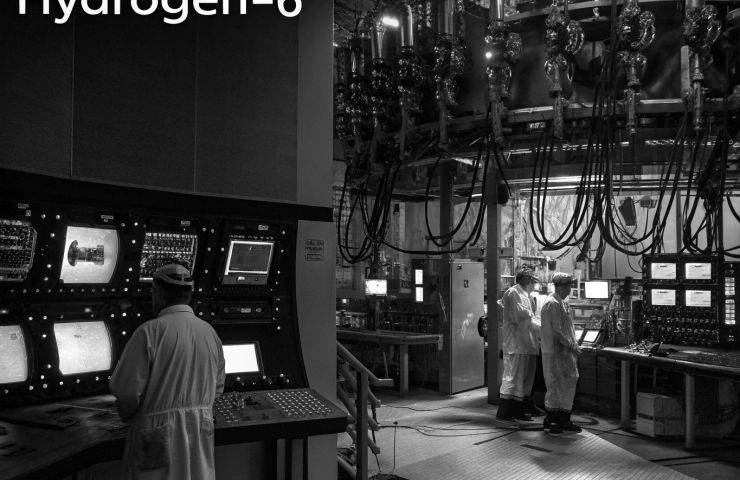Unveiling Hydrogen-6: A Groundbreaking Leap in Nuclear Physics
Key Ideas
- Scientists at Mainz Microtron in Germany successfully created hydrogen-6, an incredibly rare and short-lived version of hydrogen through innovative nuclear physics experimentation.
- Hydrogen-6, detected for a mere 3×10⁻²² seconds, provides invaluable insights into neutron interactions under extreme conditions, benefiting nuclear structure research and deepening our understanding of fundamental matter principles.
- Though hydrogen-6 doesn't offer immediate practical applications, its discovery sets the stage for future advancements in clean energy research methodologies and enhances our comprehension of cosmic phenomena.
- The Mainz Microtron, in collaboration with other research institutions, continues to pave the way for groundbreaking discoveries, emphasizing the significance of such scientific endeavors in shaping the future of energy and cosmic exploration.
In a remarkable feat at the Mainz Microtron (MAMI) in Germany, scientists have accomplished the creation of hydrogen-6, an exceptionally rare and neutron-heavy variant of hydrogen that had not been observed previously. By directing a 1.6 GeV electron beam at a lithium-6 target, they were able to produce this elusive isotope, pushing the boundaries of nuclear physics knowledge. Using cutting-edge magnetic spectrometers, the research team managed to detect the fleeting hydrogen-6 atoms, revealing their astonishingly short lifespan of about 3×10⁻²² seconds, making them incredibly transient entities. Moreover, these particles only emerge once in every trillion-trillion particle collisions, highlighting the extraordinary rarity of this discovery. While hydrogen-6 does not offer immediate practical utility, its creation has significant implications for scientific research. This isotope provides fresh perspectives into the behavior of neutrons in extreme environments, such as within neutron stars or during the early stages of the universe. By enhancing our understanding of fundamental matter principles, hydrogen-6 contributes to the refinement of models and theories that underpin our comprehension of the universe. Despite not being directly applicable to current energy technologies, the unveiling of hydrogen-6 sparks momentum in fields like nuclear structure research, potentially influencing future methodologies in clean energy development. The collaborative efforts of researchers from Johannes Gutenberg University Mainz, GSI Darmstadt, and the Helmholtz Institute Mainz culminated in this groundbreaking experiment, which was conducted in early 2025 and subsequently reported in March 2025. The long-standing legacy of MAMI, established in the 1970s, coupled with recent upgrades, enabled the detection of this minuscule and evanescent isotope. While hydrogen-6 may not be immediately deployable for practical purposes, its discovery showcases the pivotal role of fundamental science in driving advancements that may shape the trajectory of energy technologies and our understanding of the cosmos.
Topics
Public Transit
Scientific Breakthrough
Science & Technology
Research Impact
Nuclear Physics
Particle Physics
Fundamental Science
Laboratory Experiment
Cosmic Research
Latest News
